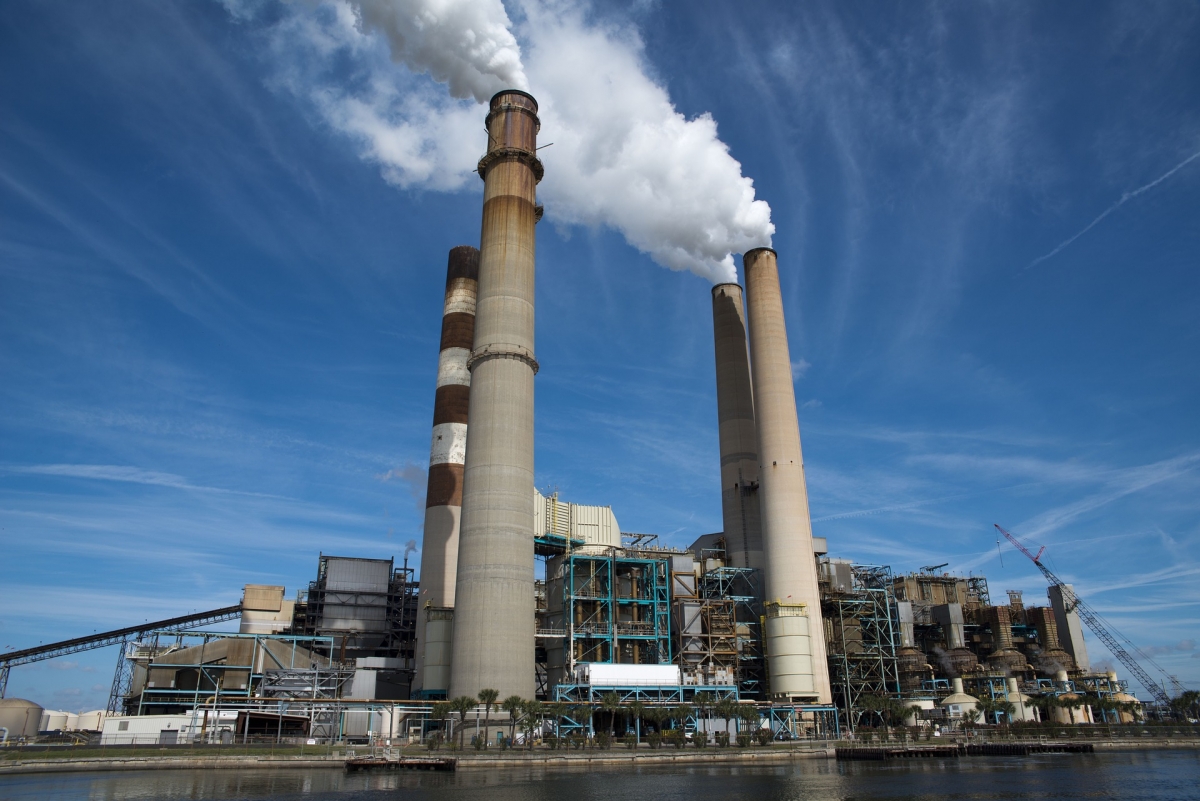On April 12, 2019, the U.S. Court of Appeals for the Fifth Circuit vacated portions of the U.S. Environmental Protection Agency’s (EPA’s) 2015 Effluent Limitation Guidelines (ELGs) and Standards for the Steam Electric Power Generating Point Source Category (ELG Rule). ELGs are nationwide standards set by EPA to govern pollutant discharges from point sources. The ELG Rule updated ELGs for six of the wastewater streams that are discharged from power plants and for legacy wastewater, which is not a distinct type of wastewater stream and instead acts as a stop-gap limitation that applies to five of the wastewater streams until the implementation deadline.
 The Clean Water Act (CWA) requires ELGs to be based on technological feasibility, meaning that pollution discharge limits will tighten as available pollution control technology advances. As a result, standards and requirements imposed under the CWA will only become more protective over time as technology improves. Hence, the best practicable technology currently available (BPT) standard, which applied to limitations on direct discharges of pollutants before 1989, has since been replaced with the more protective best available technology economically available (BAT) standard, which applies to existing, direct discharges of toxic and nonconventional pollutants.
The Clean Water Act (CWA) requires ELGs to be based on technological feasibility, meaning that pollution discharge limits will tighten as available pollution control technology advances. As a result, standards and requirements imposed under the CWA will only become more protective over time as technology improves. Hence, the best practicable technology currently available (BPT) standard, which applied to limitations on direct discharges of pollutants before 1989, has since been replaced with the more protective best available technology economically available (BAT) standard, which applies to existing, direct discharges of toxic and nonconventional pollutants.
Recognizing that ELGs for power plants were last revised in 1982 and were thus set using the outdated BPT standard, the Agency promulgated the ELG Rule to update the ELGs using the BAT standard. Specifically, EPA updated the ELGs for five of the six wastewater streams using the BAT standard, but retained the BPT standard for the ELGs for legacy wastewater and combustion residual leachate.
In Southwestern Electric Power Co. v. United States Environmental Protection Agency, environmental groups argued that EPA’s failure to set new ELGs for these two streams using the BAT standard violated the CWA. The court agreed, concluding that the Agency acted arbitrarily in requiring power plants to use the BAT standard to treat the other five wastewater streams, while allowing them to continue to use the outdated 1982 BPT standard (impoundments) for legacy wastewater and leachate. "It was as if Apple unveiled the new iMac, and it was a Commodore 64." Moreover, the court found that in the text of the ELG Rule, EPA itself acknowledged that the BPT standard was ineffective at removing toxic pollutants from such wastewater. "EPA asks us to believe that impoundments are both archaic and cutting-edge at the same time. That we cannot do." The court therefore vacated the ELGs for these two wastewater streams and remanded to EPA to reconsider the rule.
This decision falls in the midst of the current Administration’s efforts to revise the rule’s ELGs for the other five wastewater streams—fly ash transport water, bottom ash transport water, flue gas desulfurization wastewater, flue gas mercury control wastewater, and gasification wastewater—to make them less protective. In May 2018, EPA released its Final 2016 Effluent Guidelines Program Plan announcing its intention to reconsider the use of the BAT standard for ELGs for these other wastewater streams, with a final rule expected by December 2019. The court’s decision in Southwestern could disrupt the Agency’s projected timeline for relaxing the standard for these wastewater streams, especially because the Agency’s intentions seem expressly counter to the stated purpose of the CWA. It could also lead the Agency to change its strategy from attempting to weaken the rule to instead delaying its compliance dates as long as possible.
